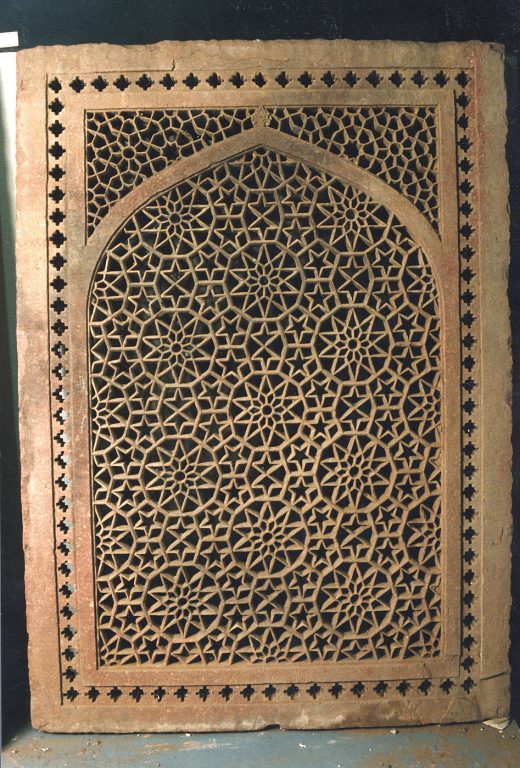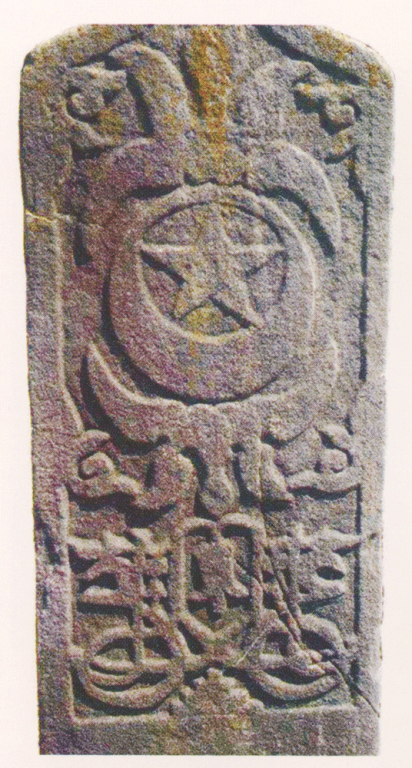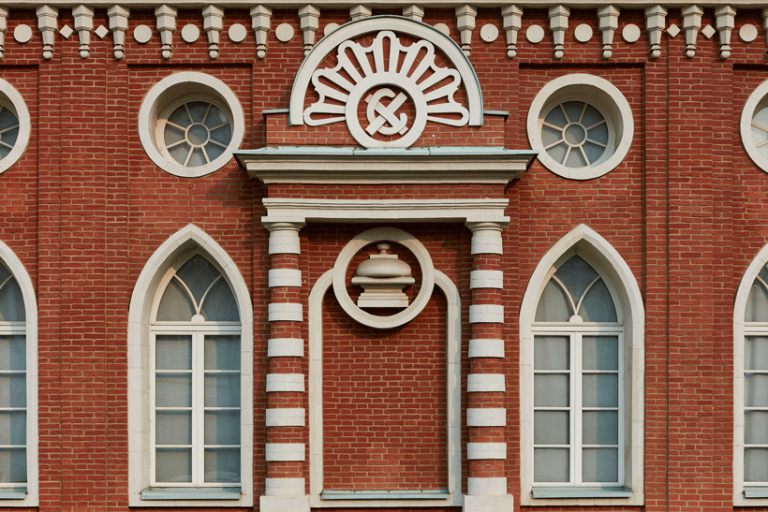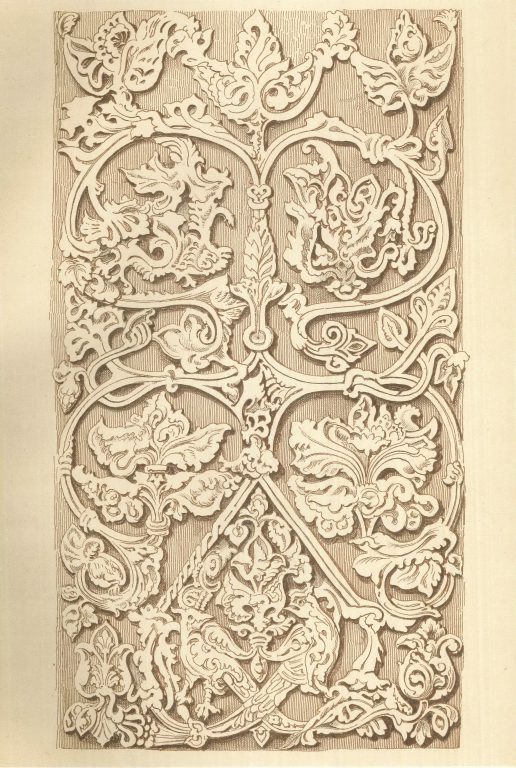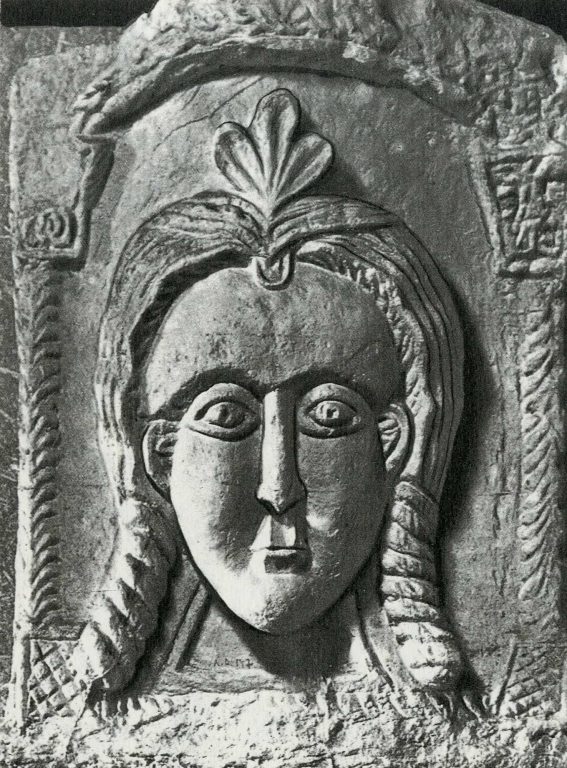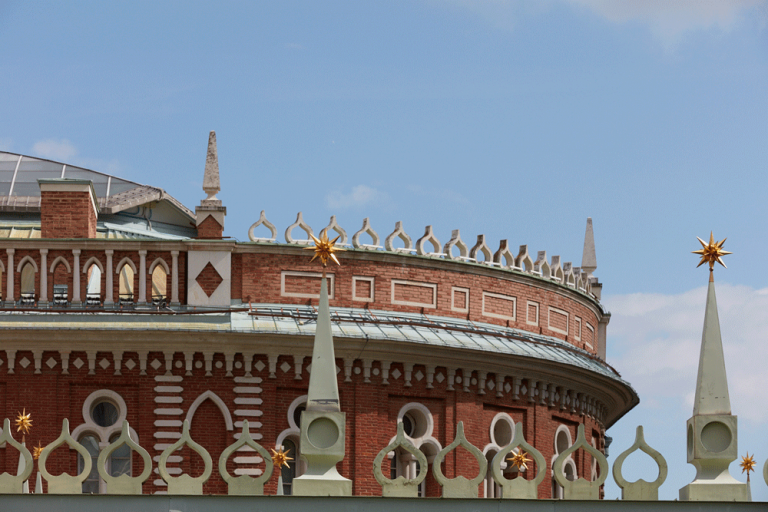
second half 16th century

Town Agra,
India
India
Object qualities
-
Objectmansion / palace decoration: Screen
-
Type of arts & crafts
-
MediumRed sandstone; pierced, carved
-
SizeH. 73 1/4 in. (186 cm) W. 51 3/4 in. (131.4 cm) D. 3 9/16 in. (9 cm) Wt. 780 lbs in crate (353.8 kg)
-
Geography detailsProbably made in
Town Agra,
India -
Country today
-
Datesecond half 16th century
Source of information
-
Type of sourceDatabase “Metropolitan Museum of Art”
-
Fund that the source refers toMetropolitan Museum of Art
Description
-
Jalis, or pierced screens, were used extensively in Indian architecture as windows, room dividers, and railings. In the course of the day, the movement of their patterns in silhouette across the floor would enhance the pleasure of their intricate geometry. This jali, one of a pair, would have formed part of a series of windows set in an outside wall, as suggested by the weathering on one side. They are attributed to the reign of the Mughal emperor Akbar (r. 1550–1605), when red sandstone was the favored building material.


